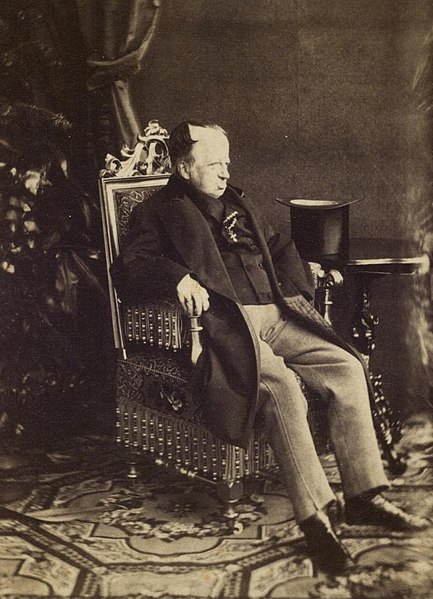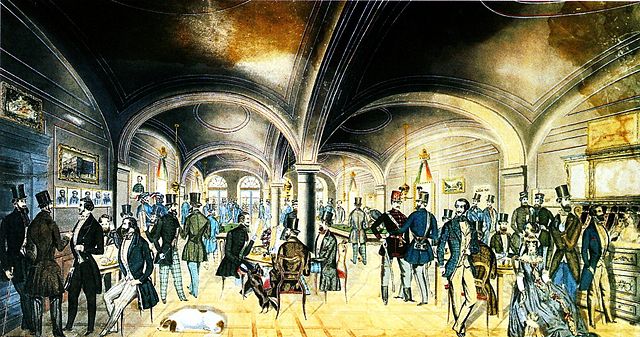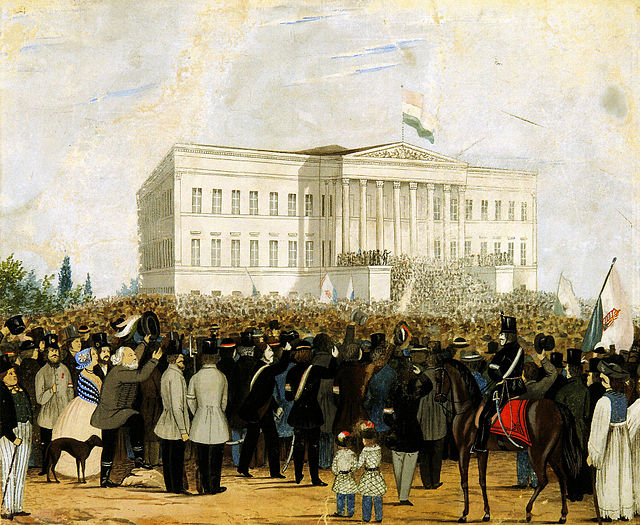Hungarian National Museum
The Hungarian National Museum was founded in 1802 and is the national museum for the history, art, and archaeology of Hungary, including areas not within Hungary's modern borders, such as Transylvania; it is separate to the collection of international art in the Hungarian National Gallery. The museum is in Budapest VIII in a Neoclassical building, purpose-built during 1837–47 by the architect Mihály Pollack.
Museum building in 2006
Budapest, Hungarian National Museum
The main stairway
The Byzantine enamel plaques of the 11th century Monomachus Crown showing Constantine IX Monomachus and Empress Zoe; one of the internationally famous objects in the collection
Hungarian Revolution of 1848
The Hungarian Revolution of 1848, also known in Hungary as Hungarian Revolution and War of Independence of 1848–1849 was one of many European Revolutions of 1848 and was closely linked to other revolutions of 1848 in the Habsburg areas. Although the revolution failed, it is one of the most significant events in Hungary's modern history, forming the cornerstone of modern Hungarian national identity—the anniversary of the Revolution's outbreak, 15 March, is one of Hungary's three national holidays.
Artist Mihály Zichy's painting of Sándor Petőfi reciting the National Song to a crowd on 15 March 1848
Photograph of the aged Emperor Ferdinand I dated c. 1870
The entrance room of the Pilvax coffee palace at Pest in the 1840s
The National Song being recited at the National Museum








